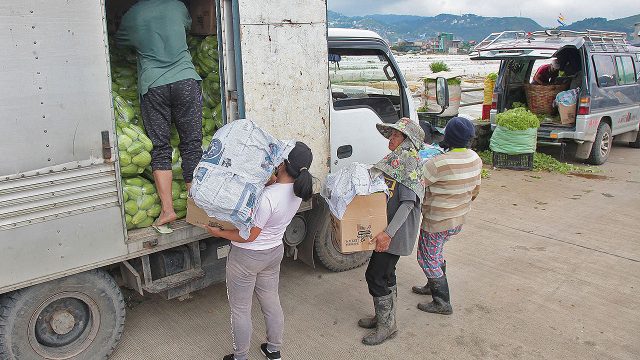A discussion steadily creeping through the academe is the issue of cross-dressing and of students insisting that they be addressed by their “preferred pronouns” and names that do not correspond with the names indicated in their birth certificates.
That the foregoing is causing confusion and difficulties would be an understatement. And such is magnified by Republic Act No. 11313 or the “Safe Spaces Act.” Section 3.d of the law defines “gender” as “a set of socially ascribed characteristics, norms, roles, attitudes, values and expectations identifying the social behavior of men and women, and the relations between them.”
The law’s implementing rules and regulations point out that “transphobic remarks” are any statements “in whatever form or however delivered that are indicative of fear, hatred, or aversion towards persons whose gender identity and/or expression do not conform with their sex assigned at birth.”
That such is ambiguous and purely subjective on the part of the listener is obvious. It is also unmoored from longstanding Philippine historical, legislative, and even judicial understanding of gender being intrinsically connected to one’s sex.
RA 11313 does not only hold employers, teachers, or any person in authority accountable. It unconstitutionally threatens everyone that does not subscribe to the idea of gender fluidity and transgenderism. It makes everyone: colleagues, male or female, the elderly or minors, government officials, teachers and school administrators, even complete strangers, liable. No exemption is made for religious beliefs or academic freedom. In fact, higher responsibility is placed on schools.
In this regard, the points of Carl Trueman, a Professor of Biblical and Religious Studies at Grove City College are relevant:
“Gender ideology refers to a system of belief that holds that there is a difference between sex and gender and to a spectrum of beliefs that practically deny the significance of bodily sex for personal identity. This may take the form of a distinction between sex as biological and gender as a social construct. Alternatively, proponents of gender ideology argue that biological sex is itself a social construct and that gender as a term refers to a psychological reality that is the real core of a person’s identity,” he wrote in the article “Gender Ideology and the Future of the Human Person,” published by The Heritage Foundation on March 20, 2023.
Thus, the “rejection of biologically grounded sexuality also has obvious implications for broader social policy. If there is no such thing as human nature, there can be no such thing as a common purpose or common good. Any claim to such would be read as a manipulative power play, an attempt by one group to control another. Neither human rights nor human obligations would have any natural status. The notion of society as constituted by nothing more than contractual relationships would be reinforced and philosophically irresistible. And in practical terms this would shift power towards the state or to large corporations as the only institutions capable of enforcing some kind of social order,” he wrote.
“Finally, personal identity would be plunged into chaos. If the question ‘What is a woman?’ is proving so hard for so many to answer today, it is because the question ‘What is a human?’ has become impossible to answer, too.”
In other words, the law and the academe’s failure to firmly oppose assertions of gender constructs, random pronouns, and transgender ideology effectively render the “male” and “female” categorization of no practical meaning.
But all this is with profound individual and social cost, as sociologist and Texas University professor Mark Regnerus lucidly explains in a 2015 article in Public Discourse: A Journal of the Witherspoon Institute.
Citing a study that came out in February of 2015 in the British Journal of Education, Society, and Behavioural Science, Regnerus wrote: “Results reveal that, on eight out of 12 psychometric measures, The risk of clinical emotional problems, developmental problems, or use of mental health treatment services is nearly double among those with same-sex parents when contrasted with children of opposite-sex parents. The estimate of serious child emotional problems in children with same-sex parents is 17%, compared with 7% among opposite-sex parents, after adjusting for age, race, gender, and parent’s education and income. Rates of ADHD were higher as well — 15.5 compared to 7.1%. The same is true for learning disabilities: 14.1 vs. 8%.”
Regnerus concludes by saying, “biology matters — as new research released this week confirms — and no amount of legislation, litigation, or cheerleading can alter that. Whether the high court will elect to legally sever the rights of children to the security and benefits of their mother’s and father’s home is anyone’s guess.” (“New Research on Same-Sex Households Reveals Kids Do Best With Mom and Dad,” Mark Regnerus, Feb. 10, 2015, Public Discourse: A Journal of the Witherspoon Institute; citing “Emotional Problems among Children with Same-Sex Parents: Difference by Definition,” Donald Sullins, British Journal of Education, Society and Behavioural Science, Jan. 25, 2015)
Bottomline, there is no jurisprudence, in fact no law, that recognizes the LGBTQIA++ and particularly transgenders as a “protected class.” Indigenous peoples, handicapped children, single mothers, Muslims, and even entrepreneurs have actual specific Constitutional or congressional laws that particularly recognize them and their rights. In the case of the LGBTQIA++, no law explicitly recognizes it. Not even the Safe Spaces Act refers to it. Instead, what the latter does mention is “sexual orientation.”
Yet, the term “sexual orientation” itself is questionable for legal or policy purposes because in order for it to merit the status of a “protected class” for purposes of “equal protection” clause considerations, then it becomes necessary to establish that such “class … exhibit[s] obvious, immutable, or distinguishing characteristics that define them as a discrete group.” The LGBTQIA++ inherently cannot not satisfy that condition (see Bowen v. Gilliard, 483 U.S. 587, 603, 1987; quoting Massachusetts B. of Retirement v. Murgia, 427 U.S. 307, 313–14, 1976).
The American Psychological Association (APA) itself describes sexual orientation as a “range of behaviors and attractions” and reports that “research over several decades has demonstrated that sexual orientation ranges along a continuum, from exclusive attraction to the other sex to exclusive attraction to the same sex.” More emphatically, “there is no consensus among scientists” on why particular orientations develop. In other words, despite extensive research already done on the LGBTQIA++, scientists still cannot conclude whether sexual orientation is determined by “genetic, hormonal, developmental, social, [or] cultural influences.”
As for transgenderism, the Supreme Court itself declared (in Silverio, 2007) that “the determination of a person’s sex made at the time of his or her birth, if not attended by error, is immutable.”
Considering Congress’ misstep in enacting the Safe Spaces Act, the academe is now left with the responsibility to stand for not only its constitutional rights to academic freedom, religion, and speech but also ensure that its faculty and students uphold the reality that one’s sex/gender is inexorably linked to biology.
Otherwise, if universities can’t have the courage to stand up for truth, then they might as well pack up and close down for sheer inutility.
The views expressed here are his own and not necessarily those of the institutions to which he belongs.
Jemy Gatdula read international law at the University of Cambridge. He is the dean of the Institute of Law of the University of Asia and the Pacific, and is a Philippine Judicial Academy lecturer for constitutional philosophy and jurisprudence.
https://www.facebook.com/jigatdula/
Twitter @jemygatdula


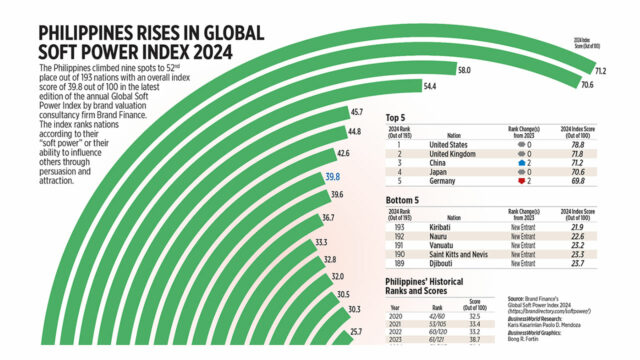



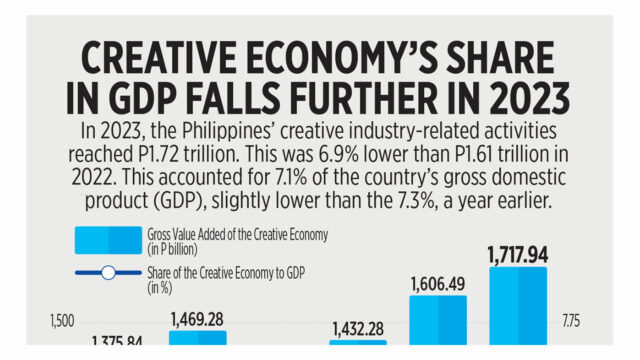
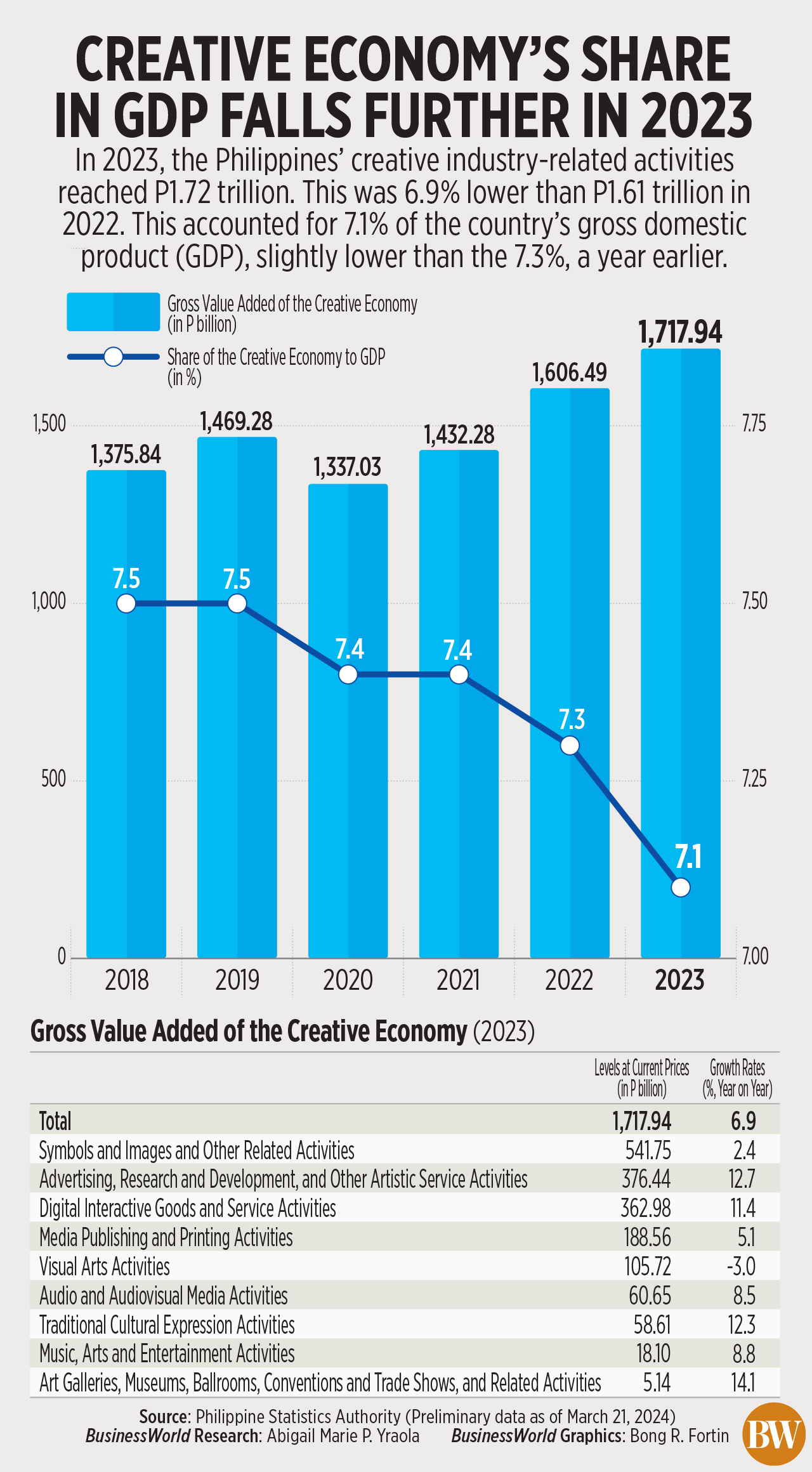
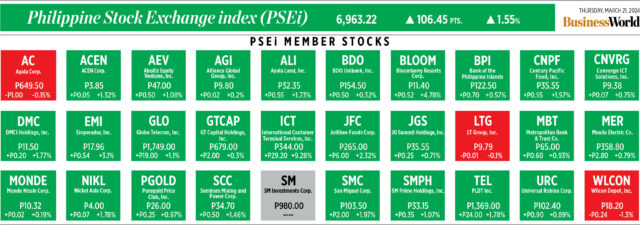
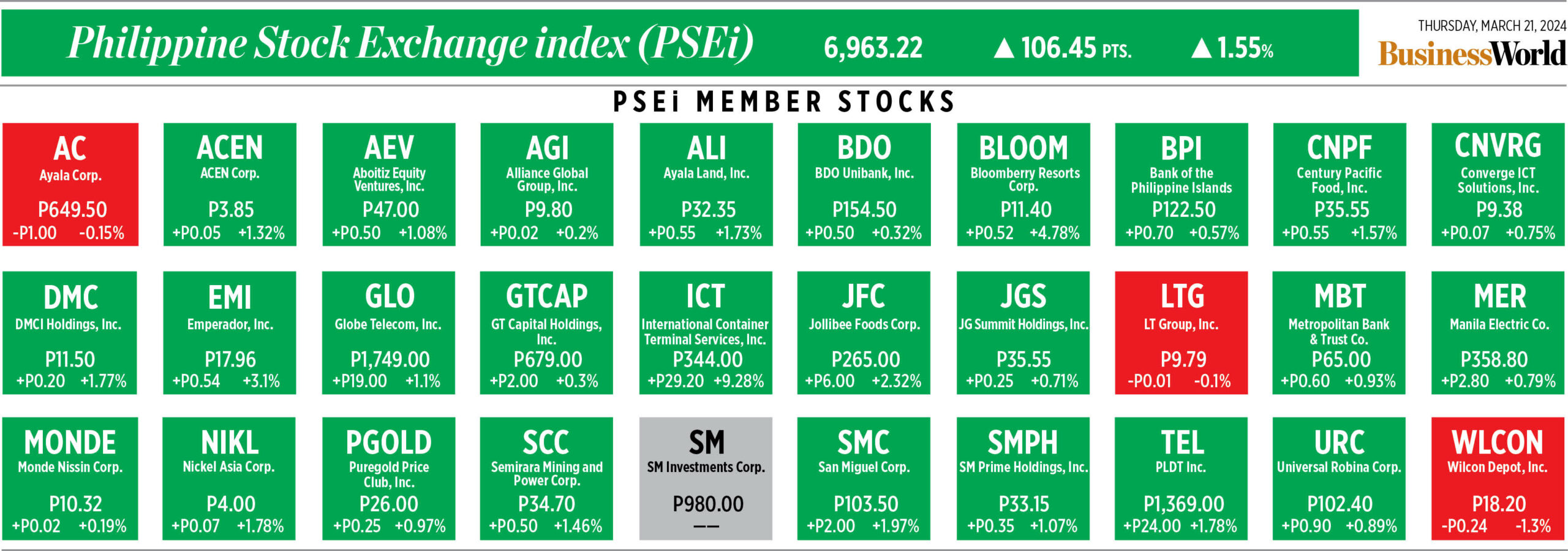


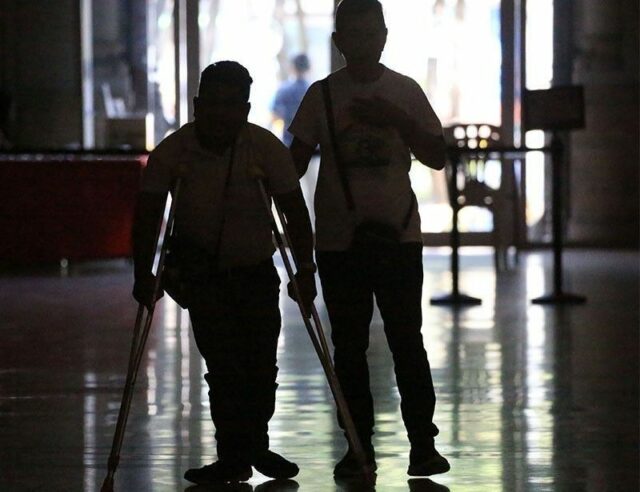
![DBM-Assistant-Secretary-Amenah-F.-Pangandaman-[DBMgovph-FB]](https://www.bworldonline.com/wp-content/uploads/2022/05/DBM-Assistant-Secretary-Amenah-F.-Pangandaman-DBMgovph-FB-640x360.jpg)
